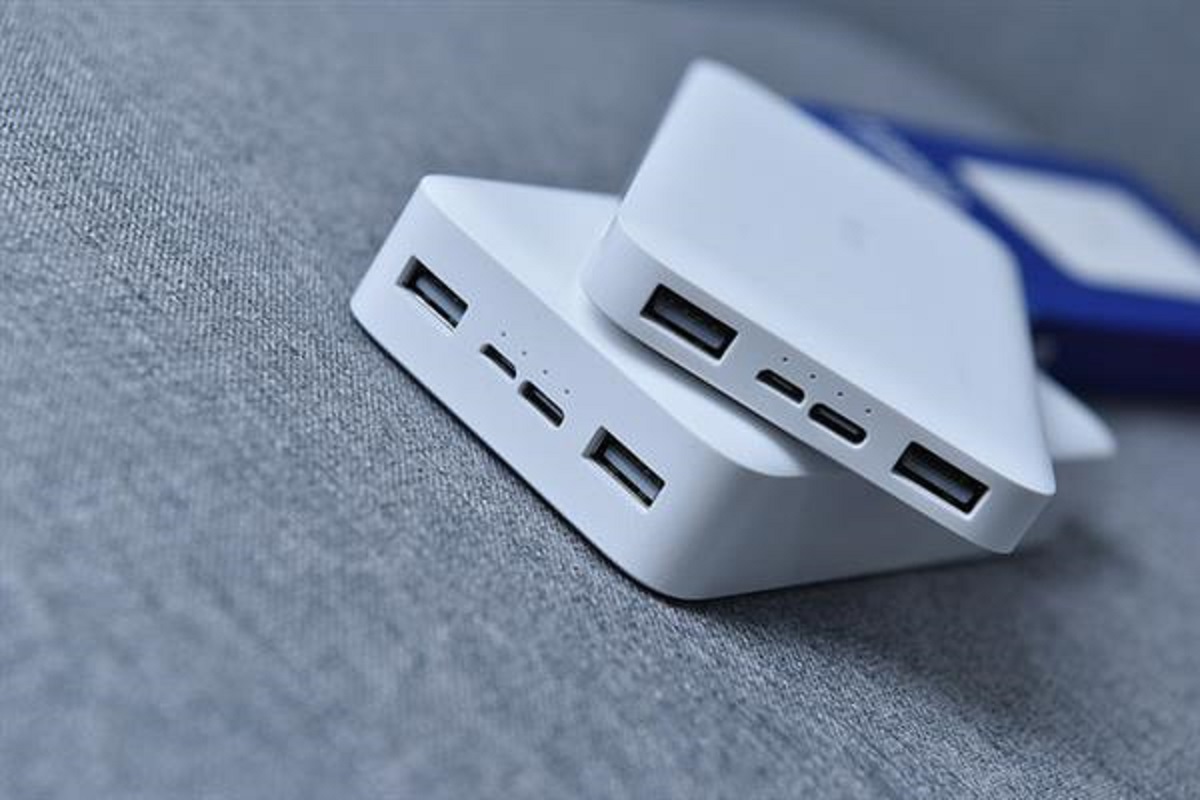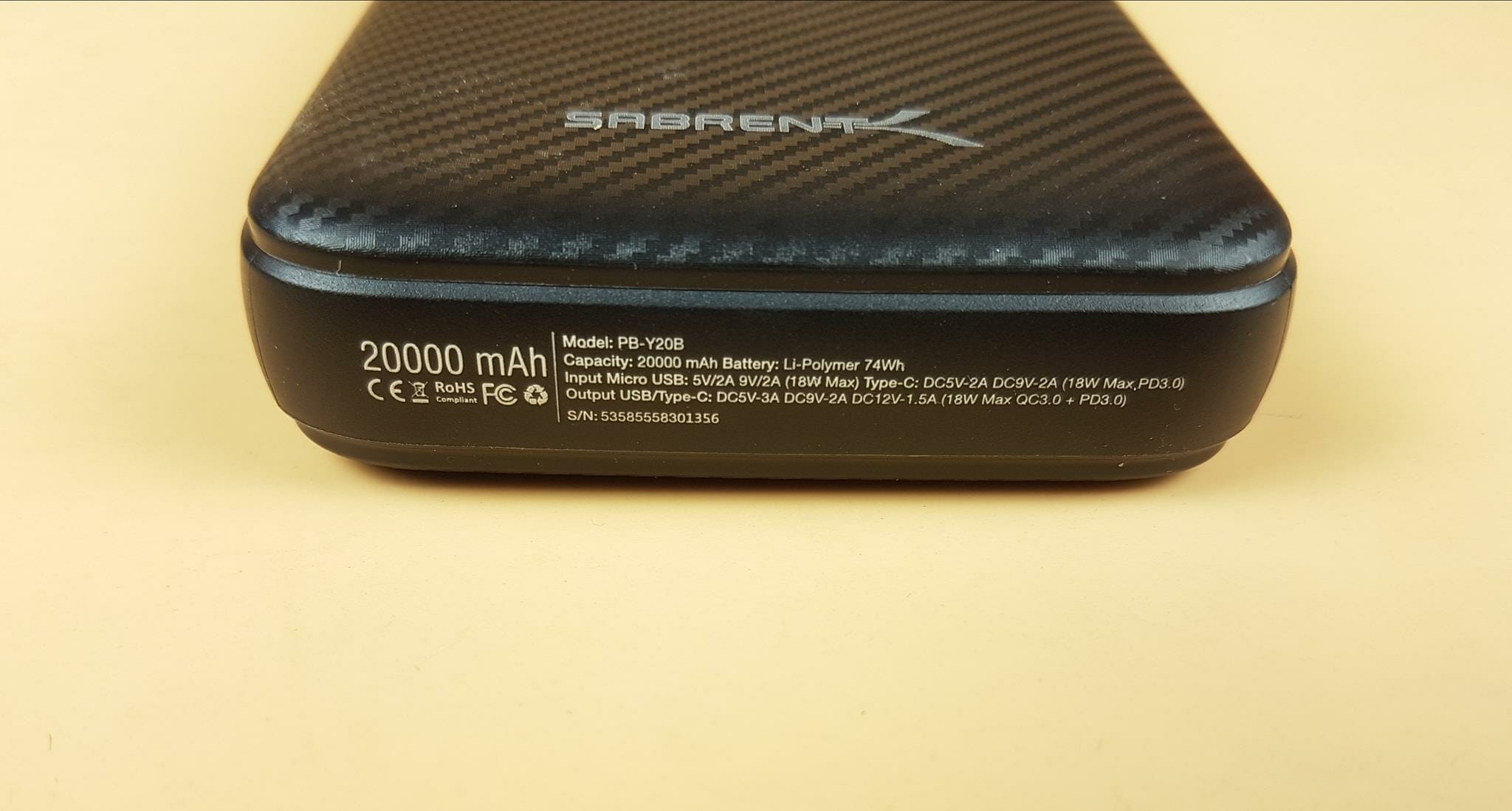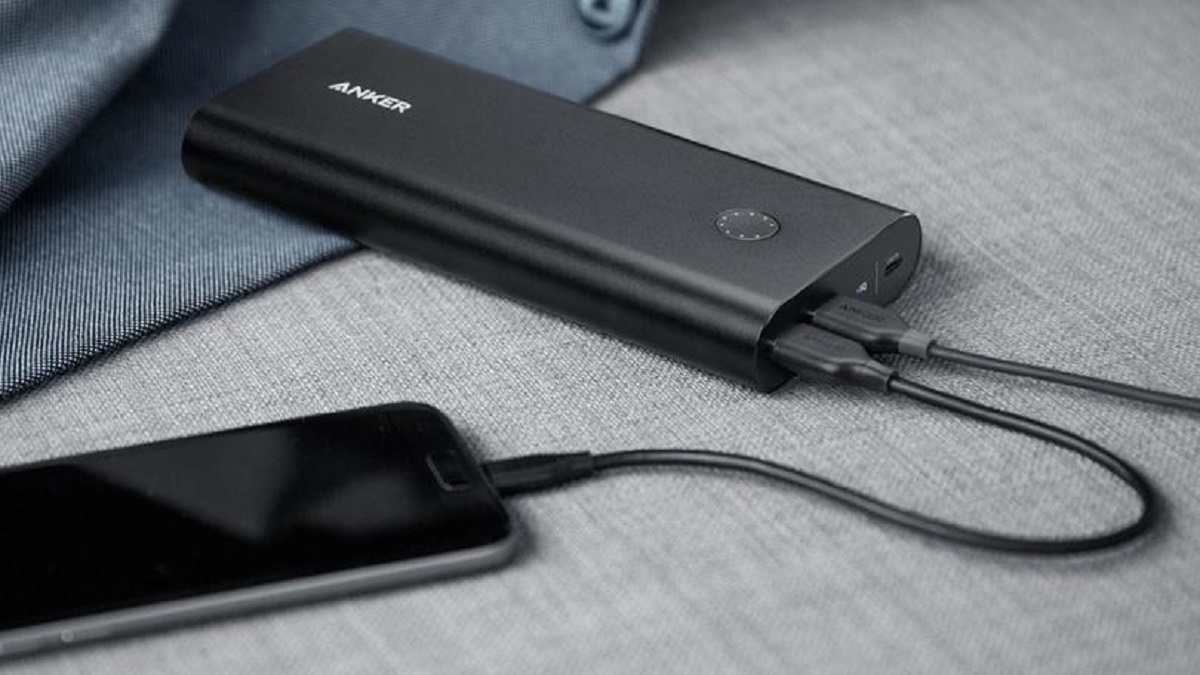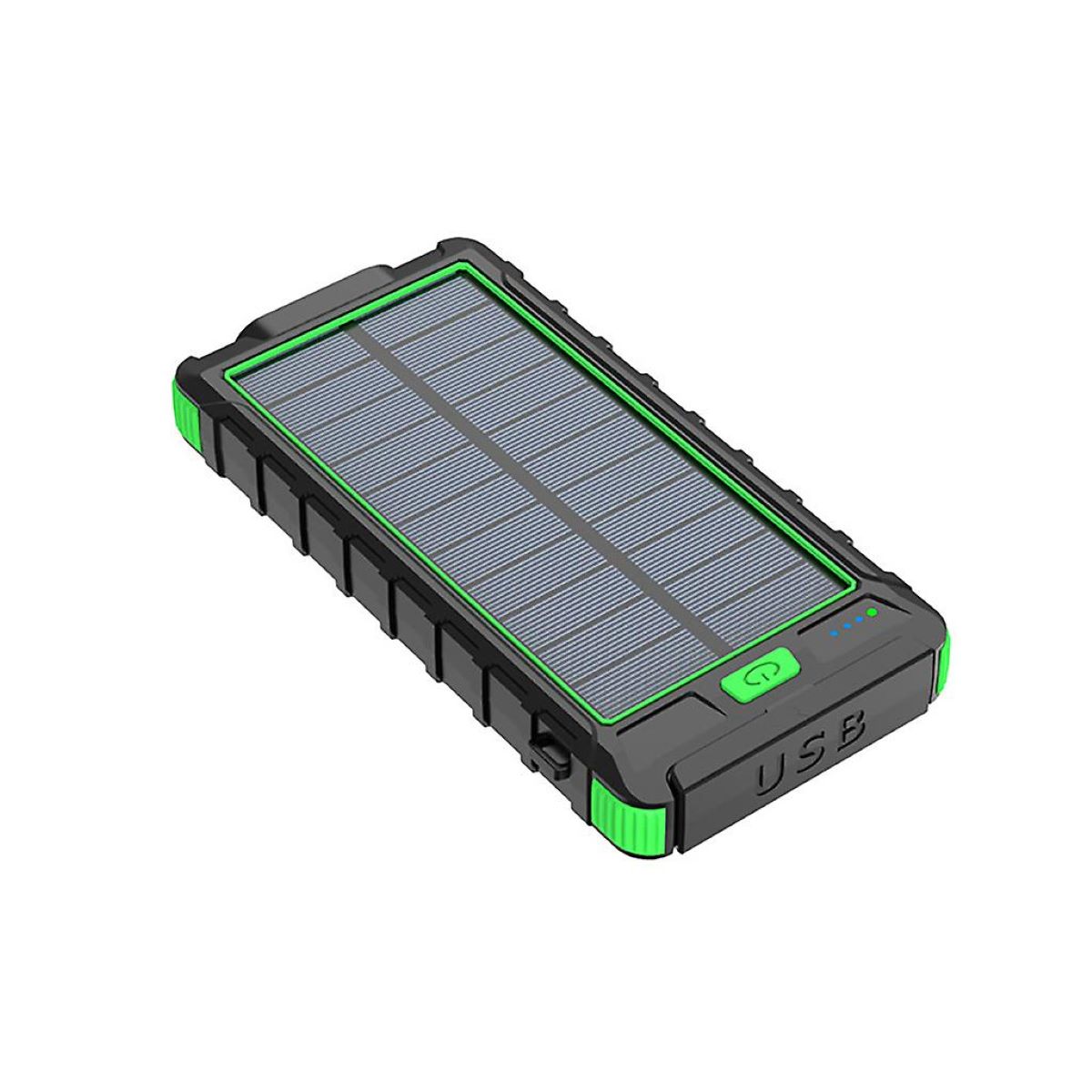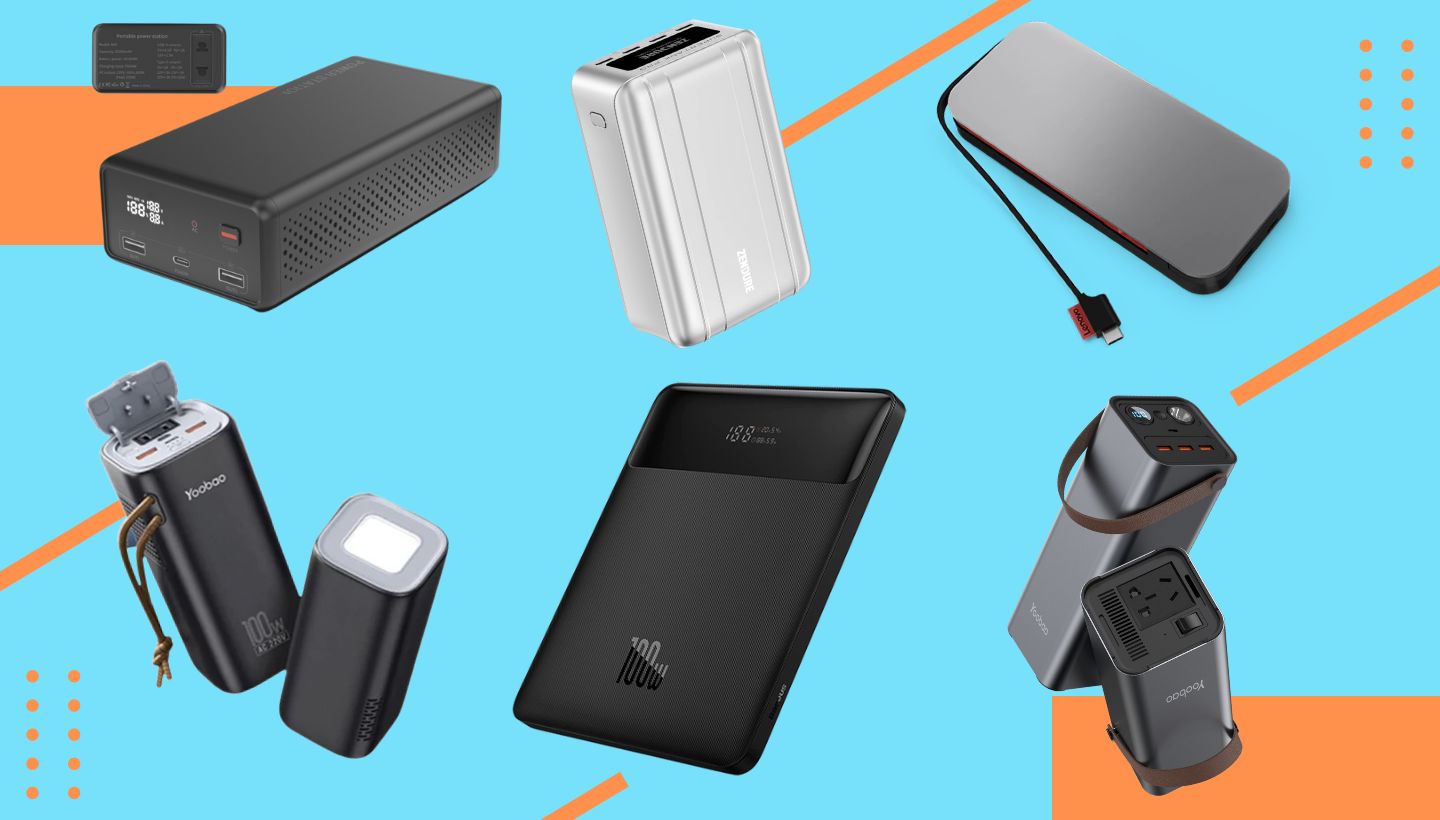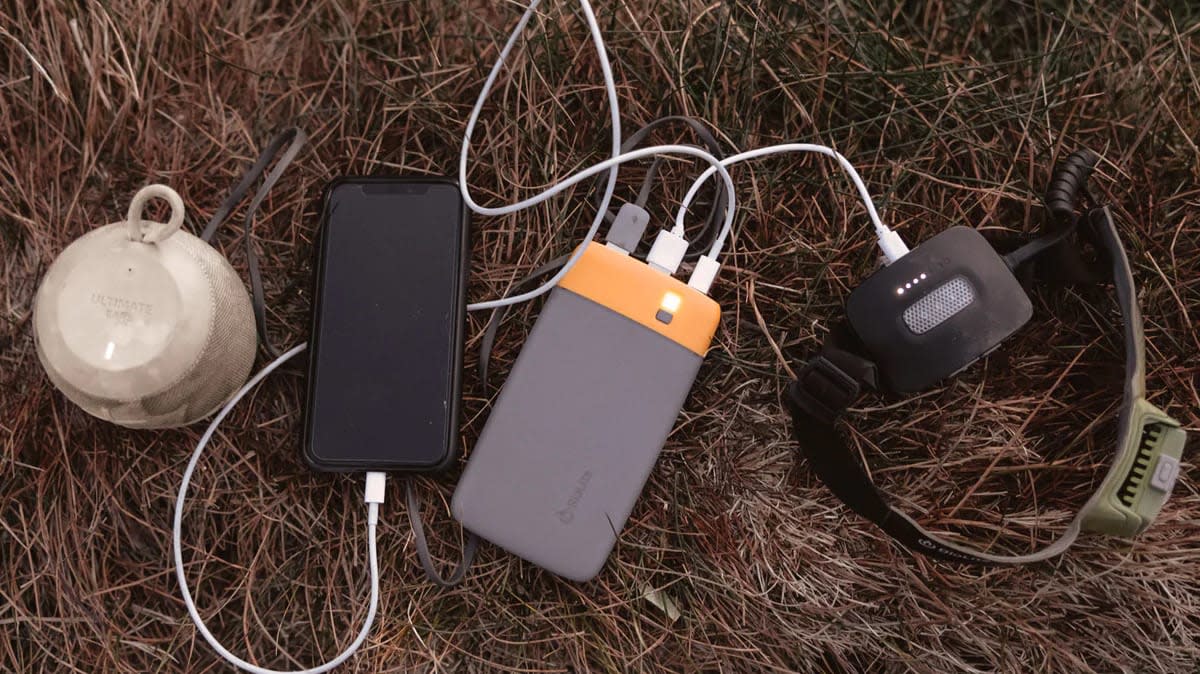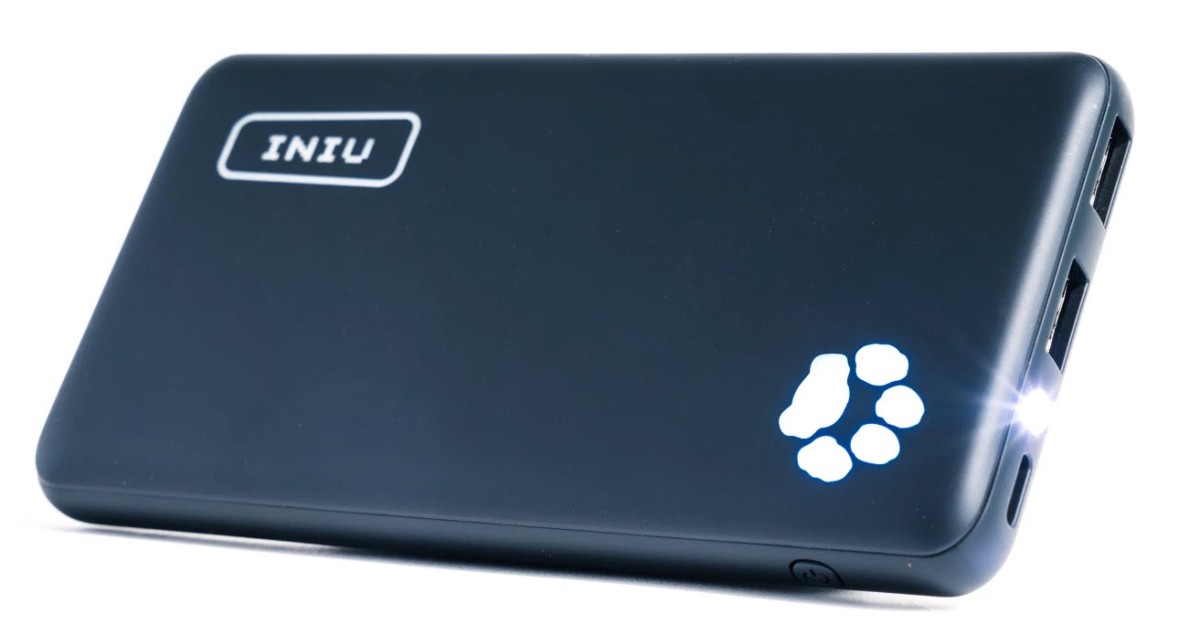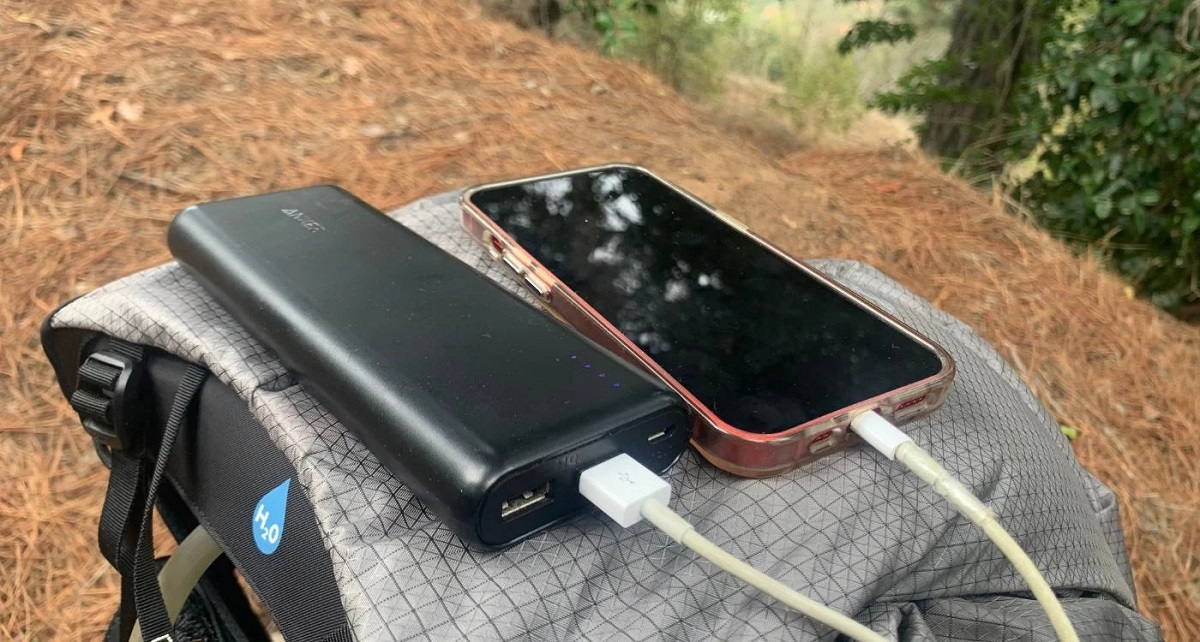Introduction
Power banks have become essential in today’s technological era, providing a convenient solution to keep our devices charged on the go. With so many options available, it can be overwhelming to determine which power bank is the right choice for you. One crucial factor to consider is the battery capacity, typically measured in milliampere-hours (mAh). Two popular options in the market are the 10000mAh and 20000mAh power banks.
While both power banks serve the same purpose of charging devices, there are significant differences in terms of their charging capacity. In this article, we will delve into the advantages of each power bank and explore the factors to consider when choosing between a 10000mAh and a 20000mAh power bank.
By understanding the unique features and benefits of these power banks, you will be able to make an informed decision and select the one that best suits your needs. Now, let’s dive into the world of power banks and discover which one is better: the 10000mAh or the 20000mAh power bank.
What is a Power Bank?
A power bank, also known as a portable charger or external battery pack, is a portable device that stores electrical energy to charge other electronic devices such as smartphones, tablets, and laptops. It serves as a backup power source when you don’t have access to a conventional power outlet.
Power banks typically consist of a lithium-ion or lithium-polymer battery, circuitry, and one or more USB ports for connecting the charging cables of your devices. They come in various sizes, shapes, and capacities to cater to different needs and usage scenarios.
The primary function of a power bank is to store energy when it is connected to a power source, such as a wall outlet or a computer, and then later release that stored energy to charge other devices. This allows you to charge your devices anytime and anywhere, especially in situations where a power outlet is not available or during travel.
Modern power banks often feature additional functionalities such as multiple USB ports, fast charging capabilities, and built-in safety features to protect your devices from overcharging, overcurrent, and short-circuiting. Some high-end power banks even come with wireless charging capabilities, allowing you to charge compatible devices without the need for cables.
As the demand for portable electronic devices continues to grow, power banks have become an essential accessory for individuals who rely heavily on their devices throughout the day. Whether you are a busy professional, a student, or a frequent traveler, having a reliable power bank ensures that you can stay connected and powered up whenever and wherever you need it.
The Importance of Battery Capacity
Battery capacity is a crucial factor to consider when choosing a power bank. It determines how much charge the power bank can store and how many times it can recharge your devices. The capacity of a power bank is often measured in milliampere-hours (mAh).
The higher the battery capacity, the more energy the power bank can store and the longer it can charge your devices. This is especially important if you have multiple devices or if you frequently use power-hungry devices such as tablets or laptops.
Having a power bank with ample battery capacity ensures that you can charge your devices multiple times before needing to recharge the power bank itself. It provides a sense of security, knowing that you won’t run out of battery power in critical situations or while you’re on the go.
It’s worth noting that the actual charging capacity of a power bank can be slightly lower than its stated capacity. This is due to various factors such as energy loss during the charging process and inefficiencies in power transfer. Therefore, it’s advisable to choose a power bank with a slightly higher capacity than your device’s battery capacity for optimal charging results.
Moreover, having a power bank with a higher capacity allows you to share the power with friends or family members who might be in need of a quick charge. It eliminates the worry of not having enough power to go around, especially during group outings or travel adventures.
On the other hand, a power bank with a lower capacity may be more suitable for individuals who prefer a lightweight and portable option. If you only need to charge your smartphone once or twice a day, a power bank with a lower capacity, such as a 10000mAh model, should suffice.
While it’s important to consider battery capacity when choosing a power bank, it’s equally essential to strike a balance between capacity and portability. Opting for a power bank that is too bulky may sacrifice convenience, while a power bank that is too small may not meet your charging needs adequately.
In the next sections, we will explore the advantages of both the 10000mAh and the 20000mAh power banks to help you determine which one is better suited for your requirements.
Understanding mAh
mAh, which stands for milliampere-hour, is a unit of measurement used to quantify the capacity of a battery or power bank. It represents the amount of electrical charge the battery can deliver over a specific period.
Simply put, the higher the mAh rating of a power bank, the more charge it can hold, and the longer it can provide power to your devices. For example, a 10000mAh power bank can theoretically charge a smartphone with a 2000mAh battery five times before needing to be recharged itself.
However, it is essential to understand that the actual number of charges you can get from a power bank may vary due to factors such as energy loss during the charging process and the efficiency of power transfer. Additionally, the charging capacity can also be influenced by the type and power requirements of the device you are charging.
When it comes to choosing between a 10000mAh and a 20000mAh power bank, the mAh rating becomes a significant consideration. A higher mAh rating means a larger battery capacity and, consequently, a more efficient and longer-lasting charging experience.
It’s important to note that a higher mAh rating also typically means a larger and heavier power bank. So, if portability is a key factor for you, you may need to strike a balance between battery capacity and size.
Another factor to consider is the charging time. A power bank with a higher mAh rating may require more time to recharge fully. This can be a downside if you need a quick charge or if you frequently find yourself in situations where power outlets are not readily available.
Understanding the mAh rating of a power bank allows you to assess its charging capacity and potential performance. However, keep in mind that mAh is just one component to consider when choosing a power bank. Other factors such as the number of USB ports, charging speed, and additional features should also be taken into account to make an informed decision.
Now that we have covered the basics of mAh, let’s explore the advantages of both 10000mAh and 20000mAh power banks to help you decide which one is best suited for your needs.
Advantages of a 10000mAh Power Bank
A 10000mAh power bank offers several advantages that make it a popular choice for individuals looking for a portable and reliable charging solution. Here are some key benefits:
1. Portability: One of the main advantages of a 10000mAh power bank is its compact and lightweight design. It can easily fit into your pocket, purse, or backpack, allowing you to carry it around without any inconvenience. This makes it ideal for everyday use, travel, or outdoor activities.
2. Convenience: With its moderate capacity, a 10000mAh power bank provides enough juice to charge most smartphones, tablets, and other small devices multiple times. It ensures that you have sufficient power to keep your devices running throughout the day, eliminating the need to rely on wall outlets or bulky chargers.
3. Fast Charging: Many 10000mAh power banks come equipped with fast charging technology. This allows you to charge your devices quickly and efficiently, saving you precious time. Whether you’re in a rush or have limited charging opportunities available, a fast charging 10000mAh power bank can come in handy.
4. Affordability: Compared to higher capacity power banks, 10000mAh models tend to be more affordable. They offer a good balance between price and functionality, making them a budget-friendly choice for many consumers. If you don’t require extremely high charging capacity, a 10000mAh power bank provides a cost-effective solution.
5. Compatibility: 10000mAh power banks are compatible with a wide range of devices, including smartphones, Bluetooth headphones, smartwatches, and more. They often come with multiple USB ports, allowing you to charge multiple devices simultaneously. This versatility makes them suitable for both personal and professional use.
While a 10000mAh power bank offers numerous advantages, it may not be the best choice for everyone. Individuals with power-hungry devices or those who require extended periods of charging may find a higher capacity power bank more suitable. In the next section, we will explore the advantages of a 20000mAh power bank to provide a comprehensive comparison between the two options.
Advantages of a 20000mAh Power Bank
A 20000mAh power bank offers several advantages that make it an attractive option for individuals who require a higher charging capacity. Here are some key benefits:
1. High Capacity: The primary advantage of a 20000mAh power bank is its significantly higher capacity compared to a 10000mAh power bank. With this increased capacity, you can charge your devices multiple times without needing to recharge the power bank itself. It provides a reliable and long-lasting power source, especially when you’re away from conventional power outlets for extended periods.
2. Power-Hungry Devices: If you frequently use power-hungry devices such as tablets, laptops, or gaming consoles, a 20000mAh power bank is better suited to meet your charging needs. Its higher capacity ensures that you can fully charge these devices multiple times, allowing you to use them for extended periods without worrying about battery life.
3. Travel-Friendly: A 20000mAh power bank is still relatively compact and portable, considering its higher capacity. It can easily fit into your bag or backpack, making it convenient for travel, camping trips, or other outdoor activities. You can keep your devices powered up during your adventures, eliminating any concerns about running out of battery power.
4. Shared Charging: With its ample capacity, a 20000mAh power bank allows you to share the charging experience with others. You can charge multiple devices simultaneously, such as smartphones, tablets, or Bluetooth headphones. It’s a valuable feature, especially when you’re traveling with friends or family who also need to charge their devices.
5. Versatility: 20000mAh power banks often come with multiple USB ports and compatibility with a wide range of devices. This flexibility allows you to charge devices of varying power requirements simultaneously. Whether you need to charge your smartphone, tablet, smartwatch, or even a small laptop, a 20000mAh power bank can handle it all effectively.
While a 20000mAh power bank offers impressive capacity and charging capabilities, it’s important to consider factors like size, weight, and charging time. These power banks tend to be slightly larger and heavier than their lower capacity counterparts. Additionally, due to their higher capacity, they may require more time to fully recharge.
In the following section, we will discuss the factors you should consider when choosing between a 10000mAh and a 20000mAh power bank, helping you make an informed decision based on your specific needs and preferences.
Factors to Consider when Choosing between 10000mAh and 20000mAh Power Banks
When deciding between a 10000mAh and a 20000mAh power bank, it’s essential to consider several factors to make an informed choice that aligns with your specific charging needs. Here are some key factors to consider:
1. Charging Requirements: Consider the charging requirements of your devices. If you primarily use smartphones, smartwatches, or other small devices with lower power requirements, a 10000mAh power bank should be sufficient. However, if you frequently use power-hungry devices such as tablets or laptops, or if you need to charge multiple devices simultaneously, a 20000mAh power bank would be a better option.
2. Portability: Think about how often you plan to carry the power bank with you. If portability is a top priority, a 10000mAh power bank may be more suitable. While a 20000mAh power bank offers higher capacity, it tends to be larger and heavier, which could be less convenient if you frequently travel light or have limited space in your bag.
3. Charging Time: Consider how quickly you need your devices to be charged. A 20000mAh power bank may take longer to recharge fully compared to a 10000mAh power bank. If you require quick charging or frequently find yourself in situations where you need a quick power boost, a 10000mAh power bank with fast charging capabilities might be a better fit.
4. Budget: Evaluate your budget and determine how much you are willing to invest in a power bank. Generally, 10000mAh power banks are more affordable compared to their higher-capacity counterparts. If you have budget constraints or don’t require an extensive charging capacity, a 10000mAh power bank can provide a cost-effective solution.
5. Longevity: Consider your usage habits and how long you anticipate needing a charged power bank. If you often find yourself away from power sources for extended periods or require multiple device charges before recharging, a 20000mAh power bank would offer a longer-lasting power solution.
6. Future-Proofing: Consider your future needs. If you anticipate using more power-hungry devices or requiring additional charging capacity in the future, investing in a 20000mAh power bank might be a wise choice. It ensures you have enough power to meet your evolving needs without the need for another power bank.
By evaluating these factors, you can determine which power bank capacity best suits your requirements. Remember to prioritize your specific needs, balancing factors such as charging capacity, portability, charging time, budget, and future needs. Making a well-informed decision will ensure that you choose a power bank that provides optimal charging performance and convenience for your devices and lifestyle.
Conclusion
Choosing the right power bank, whether it’s a 10000mAh or a 20000mAh capacity, depends on your specific needs and preferences. Understanding the advantages of each option can help you make an informed decision.
A 10000mAh power bank offers portability, convenience, and affordability. It is suitable for individuals who primarily use smartphones, want a compact and lightweight option, and require a moderate charging capacity for everyday use or occasional travel.
On the other hand, a 20000mAh power bank provides higher capacity, making it ideal for power-hungry devices, longer trips, and charging multiple devices simultaneously. While it may be slightly larger and heavier, the extended charging capacity ensures you have enough power to last for an extended period without the need for recharging.
When choosing between these two options, consider factors such as your charging requirements, portability needs, charging time preferences, budget constraints, anticipated usage, and future-proofing. By carefully weighing these factors, you can select the power bank that best meets your needs.
Remember, both 10000mAh and 20000mAh power banks serve the same purpose of keeping your devices charged on the go. Regardless of your choice, having a reliable power bank by your side ensures that you can stay connected and powered up whenever and wherever you need it.
So, assess your charging needs, consider the advantages of each power bank, and make the choice that aligns with your lifestyle. Whether it’s a 10000mAh or a 20000mAh power bank, you can experience the convenience and peace of mind that comes with having a portable charging solution at your fingertips.







